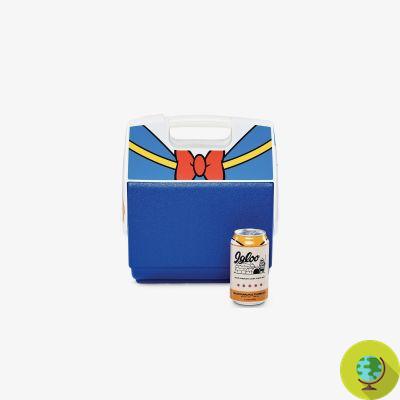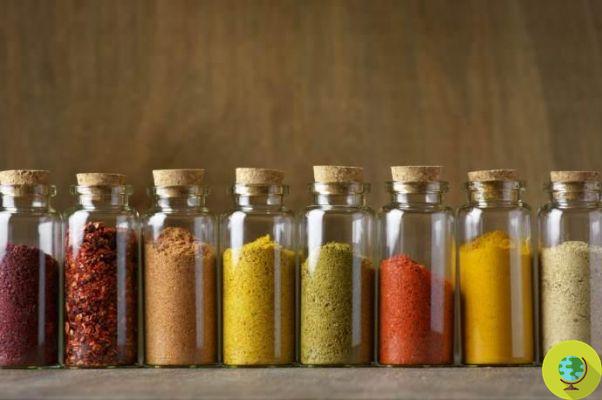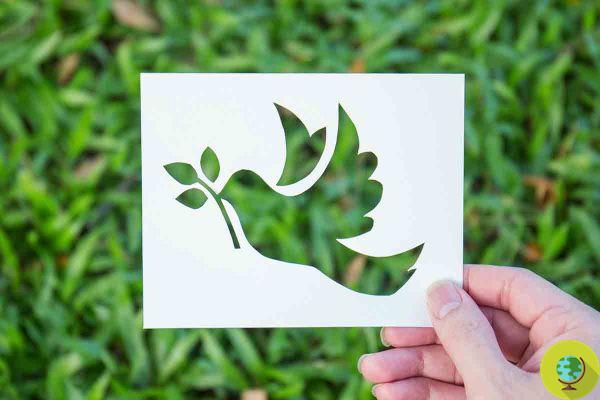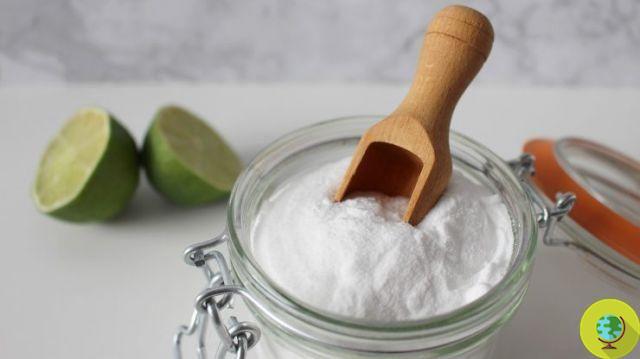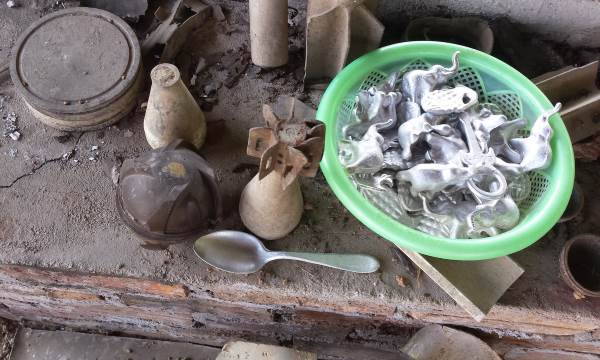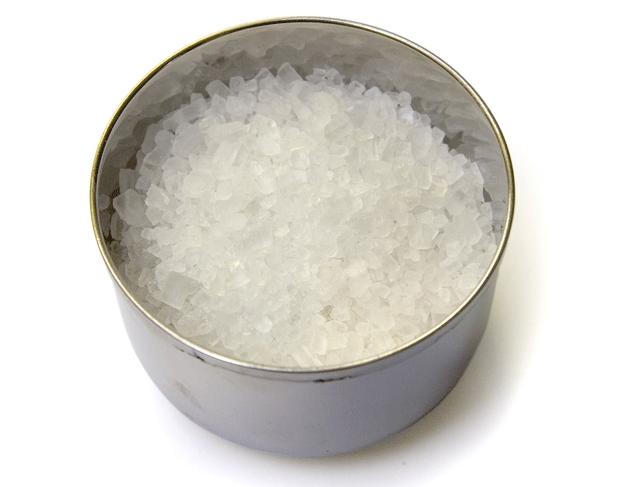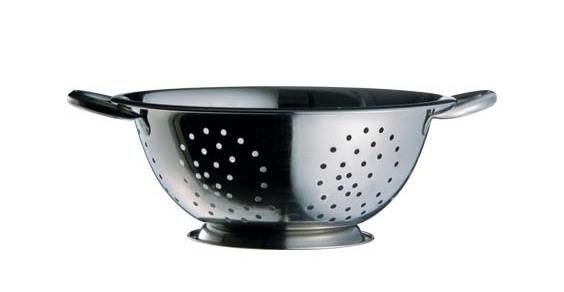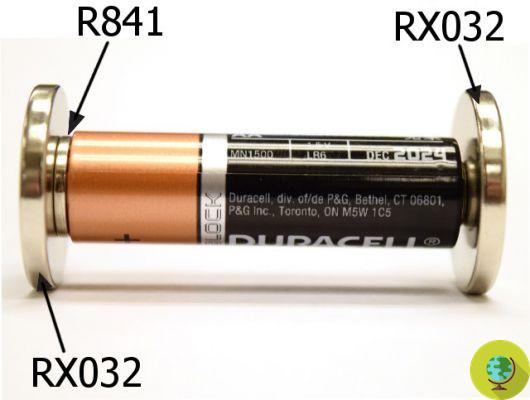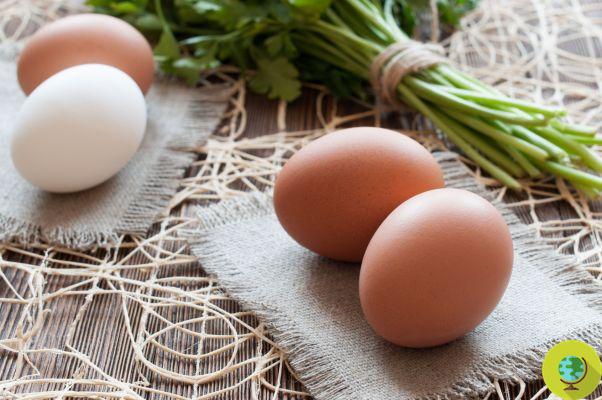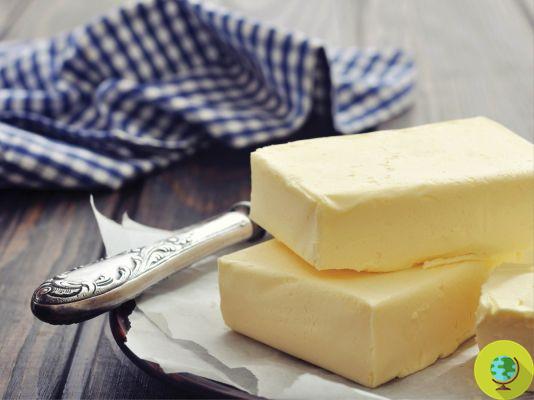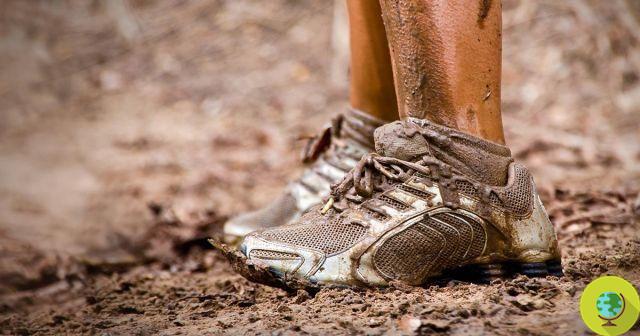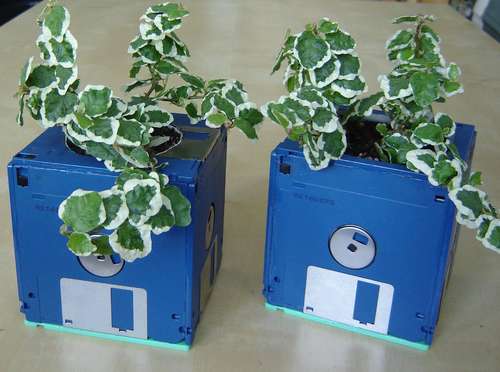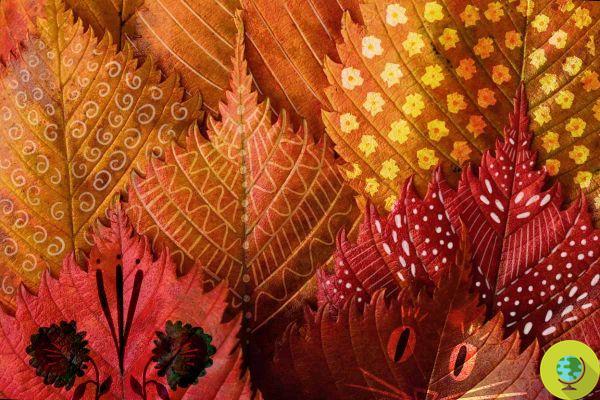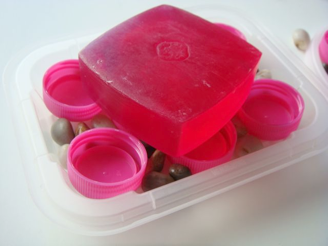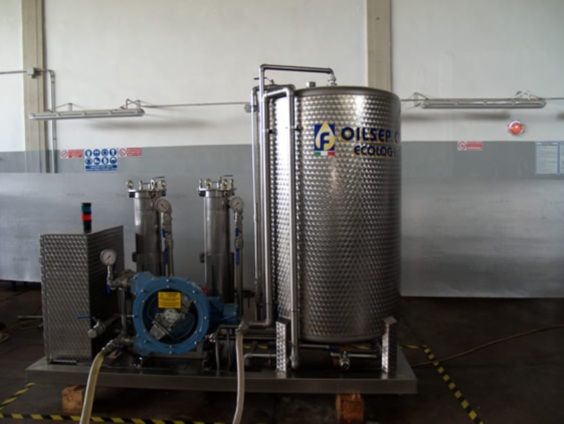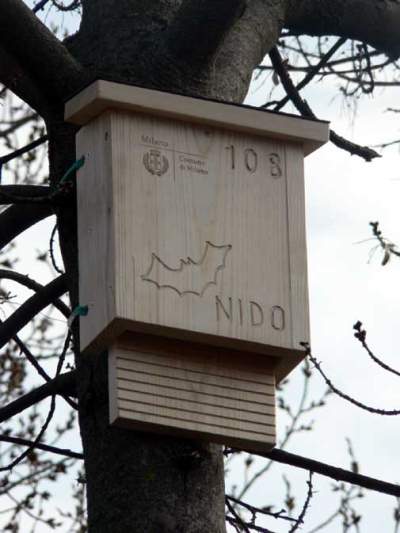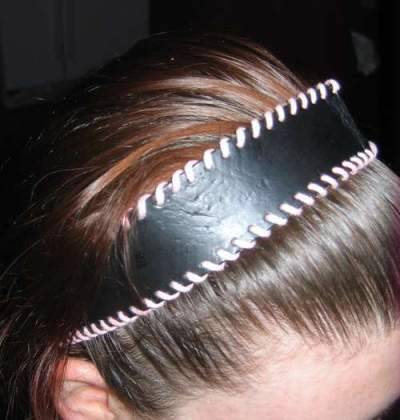The natural dyeing of fabrics is part of a very ancient tradition. It is a real art spread all over the world for centuries. It is worth rediscovering it.
He is about to end up run over, his mother saves him
La natural dyeing of fabrics it is part of a very ancient tradition. It is a real art spread all over the world for centuries. It is worth rediscovering it.
The procedure for approaching the world of natural dyeing of fabrics starts from the choice of the fabrics to be colored and the raw materials to be used. You can proceed with your experiments starting from small pieces of fabric and for example recover old handkerchiefs or pillow cases that you no longer use, to revive them.
Index
Washing of fabrics
È necessario wash the fabrics very well that you want to dye to remove any residue that could hinder dyeing. For washing, use ecological detergents as much as possible. Cotton, hemp, linen and wool fabrics and natural materials in general are suitable for dyeing.
Natural dyes
I natural dyes which allow to obtain the best color permanence results are linked to the elements richer in tannins. For example, from this point of view, you can use tea or coffee to dye fabrics. Among the useful natural dyes we find: coffee, black tea, pomegranate peel, walnut husk, acorns, eucalyptus leaves, onion peels, turmeric and saffron, red beets, spinach, cocoa.
Experiment with these natural dyes if you like to dye or, even better, paint the fabrics:
Yellow: saffron, turmeric, onion peels
Green: spinach, parsley, eucalyptus leaves
Red and pink: cooked red beetroot, red cabbage, rooibos, karkadè
Orange: onion peels, paprika, henna
Brown: coffee, cocoa, black tea, walnut husk
Viola: grape juice, red wine
Blue: blueberry juice
Dyeing of fabrics
Normally the fabric dyeing process takes place via a prolonged soaking of the same in water that has been colored with natural elements. To obtain more intense colors, the quantity of natural dyes used and the soaking times are increased. Additionally, gods can be added biting to increase the duration of the color and to fix it, like salt and vinegar. The color bath is obtained by bringing the selected natural ingredients to the boil.
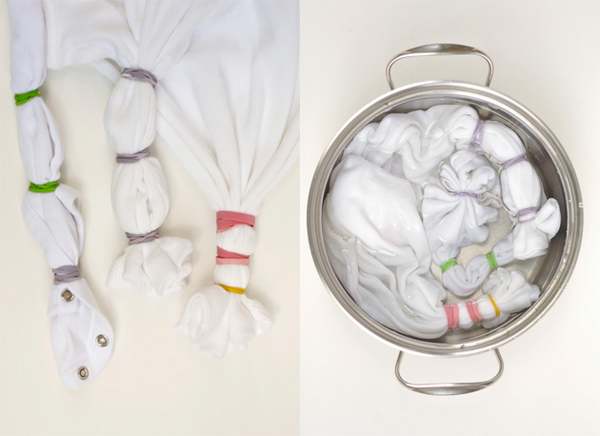
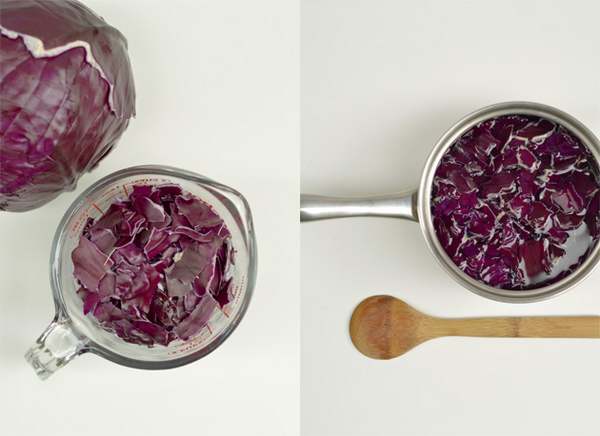
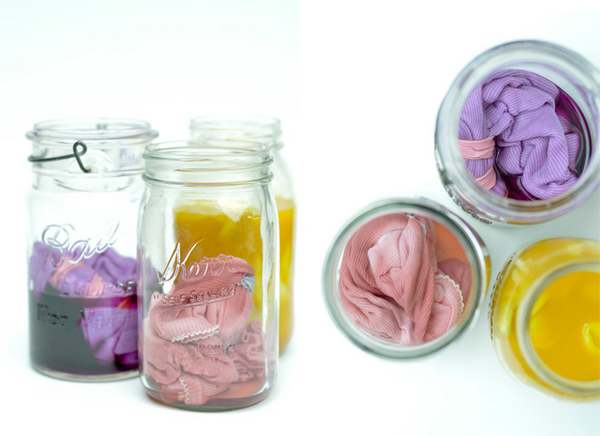
Natural dyeing is a process that requires great patience. You can also experiment with it several times on the same fabric to obtain a more intense color. THE soaking times they vary from time to time depending on the color tone you want to obtain. There is no fixed rule from this point of view, at least at home level, since a lot depends on the type of fabric and dye, as well as on the desired result.
To learn more about the topic, read our articles dedicated to the rediscovery of the art of dyeing fabrics in a natural way and to a particular Japanese technique for the decorative coloring of fabrics.
THU find a useful reading dedicated to natural dye in history.
Marta Albè
Source photo: Payful Learning
Read also:
The rediscovery of the vegetable dyeing of fabrics from herbs
Shibori: how to dye and decorate fabrics in a natural way
How to color eggs naturally






